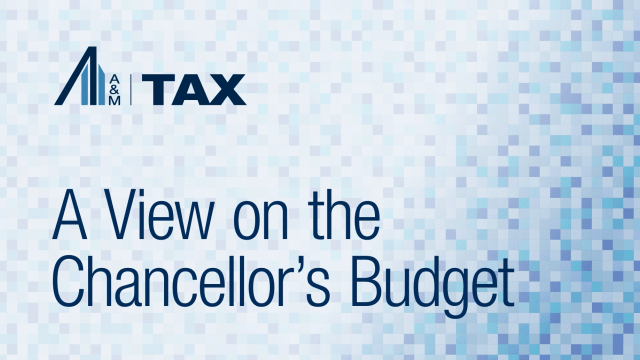Be Prepared for a 10-Year Corporate Tax Rate Reduction
As we near the midpoint of the year, those keeping a watchful eye on the mixed signals from Capitol Hill on tax reform may be growing skeptical at the prospect of any plan making it through both chambers of Congress by the end of the year. However, with midterm elections coming up in 2018, the GOP’s incentive (perhaps desperation) to demonstrate it can actually pass important legislation before then is nearing an all-time high. Between healthcare and tax reform, the latter appears to be the better short-term bet. The one major element that all the Republican tax proposals have in common is a significant corporate tax rate reduction. Thus, it would be prudent to consider at least that measure in any future planning meetings that involve corporate tax.
Given the obvious schisms within the GOP on various elements of tax reform (see BAT-ter Up: Will Tax Reform Strike Out Without the BAT?), what might we expect before year-end? An important set of circumstances to understand is that, based on arcane Senate rules, a permanent tax rate reduction can only be achieved if either: a) the overall bill is “revenue neutral,” or b) it receives at least 60 votes in the Senate. The prospect of revenue neutrality is looking less and less likely now that border adjustments have fallen out of favor. And 60 votes in the Senate is virtually impossible in today’s political climate.
Having said all of that, it is possible for tax reform to pass with only 51 votes in the Senate through the budget reconciliation process. But in that case, any resulting tax cuts would sunset after 10 years if the bill is not revenue neutral. At first blush, that may sound like a bad thing. But do not forget the not-so-insignificant Bush-era temporary tax cuts in 2001. So with the GOP’s urgent need for a legislative success, 10 years may (once again) be looking good enough (for government work). Temporary tax cuts with a 10-year sunset is far more achievable in the short term than revenue neutral tax reform, or healthcare reform of any kind.
With the GOP’s unmistakable objective to slash the corporate tax rate, it is important for tech companies to remain alert for the announcement of a corporate tax rate cut, and more importantly, the effective date of the rate cut. To avoid any year-end scrambling, now is the time to put together an action plan anticipating a rate cut effective for 2018 (or possibly sooner). A&M Taxand has been working with our tech clients to isolate and model the impact of a rate cut and designing an action plan based on one or more anticipated scenarios. Among the items commonly discussed are:
- Outside-the-Box Planning on Timing Items: Aside from the more obvious objective of deferring income and accelerating deductions (see Timing is Everything: Planning for Tax Reform), what other “timing” considerations may occur? Postponing certain taxable transactions has commonly been discussed, as well as carefully designing installment sales (or designing certain gain / income producing transactions to clearly fall under the “open transaction” doctrine).
- Planning Ahead for Foreign Tax Credit Limitation: What can we do to ensure maximum utilization of foreign tax credits (FTCs) in advance of a rate cut and the possibility of a territorial regime? Companies ahead of the game are considering ways to ensure maximum limitation in 2017 and are carefully planning the timing of their foreign earnings repatriation.
- Modeling Your ASC 740 Impact: What does a substantial rate cut mean for your deferred tax balances? Depending on the direction of the balance, corporates may see massive reductions in deferred tax assets (DTAs) / deferred tax liabilities (DTLs) that will be accompanied by a commensurate impact to their profit and loss (P&L). How should you prepare stakeholders ahead of time for this impact? Is it necessary to work with your creditors to ensure you can stay within debt covenants? Companies should also be forecasting what a territorial system and deemed repatriation may mean from an ASC-740 context.
If your company is not already thinking about year-end planning with tax rate cuts in mind, then you may already be a step behind your competition. The good news is that as we approach the second half of the year, it is not too late to put together a solid action plan in anticipation of tax cuts, whether temporary or permanent, as well as any other likely elements of tax reform.
Author: Kenneth Dettman
We’d love to get your thoughts: Does your company have an “action plan” for rate cuts and, if so, what are the key objectives? Have you modeled out the GAAP impact of tax reform? Please call or email us and let us know!





